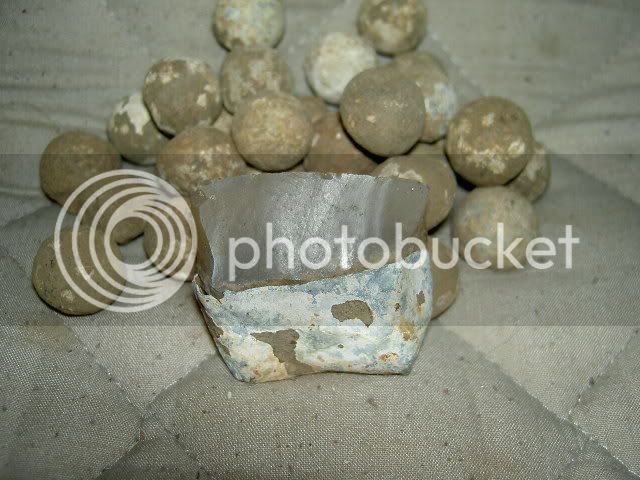In my past I have either seen a picture or a flintlock where the flint was set in lead instead of leather. I ponder on that from time to time and think I would probably be a good thing to try. It would seem that the lead would form a better "molding" around the different facets of the flint making it more secure in the jaws.
Leather being somewhat spongy and compressable, in my thinking, would act to dampen the vibrations of flint striking frizzen and perhaps rob you of a spark or two. It would absorb some of the energy of the action.
Has anyone ever tried using lead in the jaws instead of leather? Am I thinking wrong on this and should I go lay down my dish? Your ideas or experiences would be appreciated.
Thanks
Joe
Leather being somewhat spongy and compressable, in my thinking, would act to dampen the vibrations of flint striking frizzen and perhaps rob you of a spark or two. It would absorb some of the energy of the action.
Has anyone ever tried using lead in the jaws instead of leather? Am I thinking wrong on this and should I go lay down my dish? Your ideas or experiences would be appreciated.
Thanks
Joe







